
Male, Switzerland, July 2019
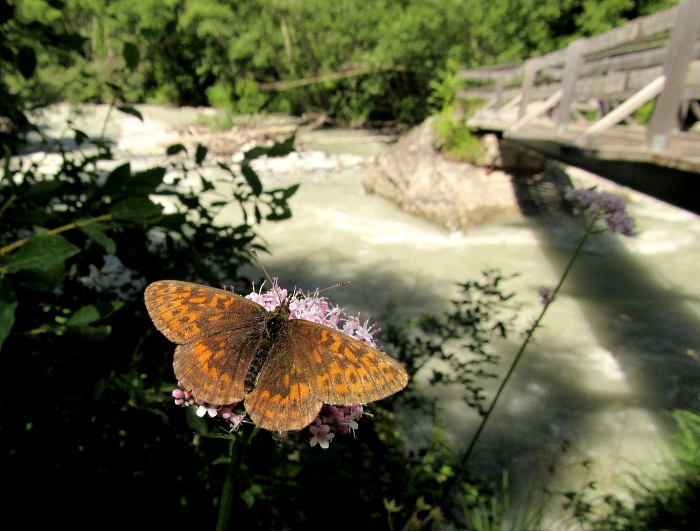
Male, Switzerland, July 2017

Males, Switzerland, July 2016

Male, Switzerland, July 2016
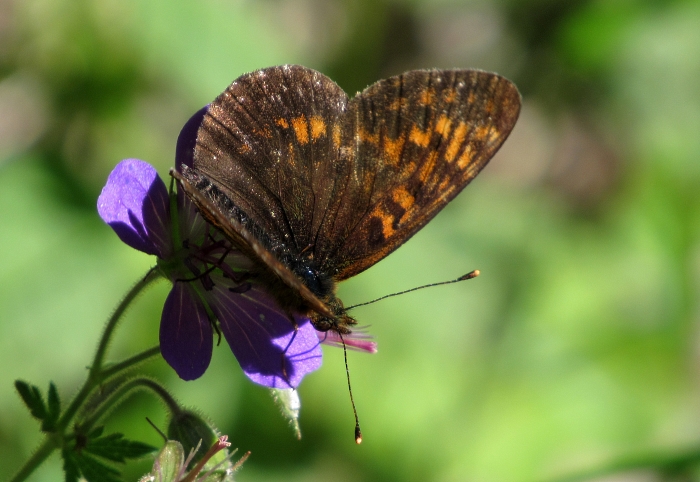
Male, Switzerland, July 2016

Female, Switzerland, July 2013
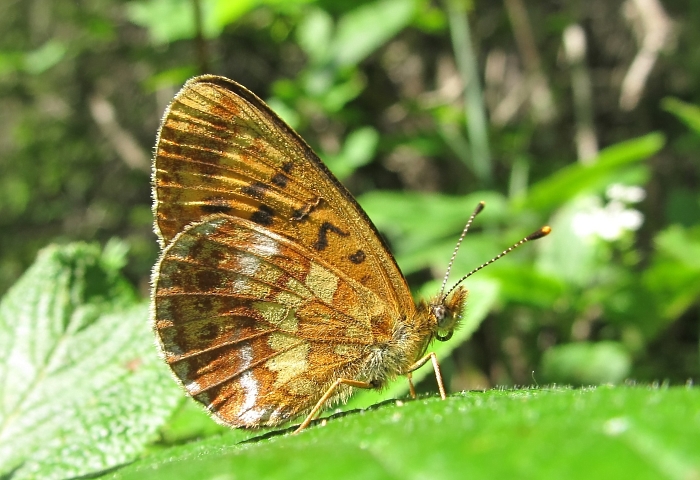
Female, Switzerland, July 2013

Female, Switzerland, July 2015

Female oviposturing, Switzerland, July 2013

Female, Switzerland, July 2013
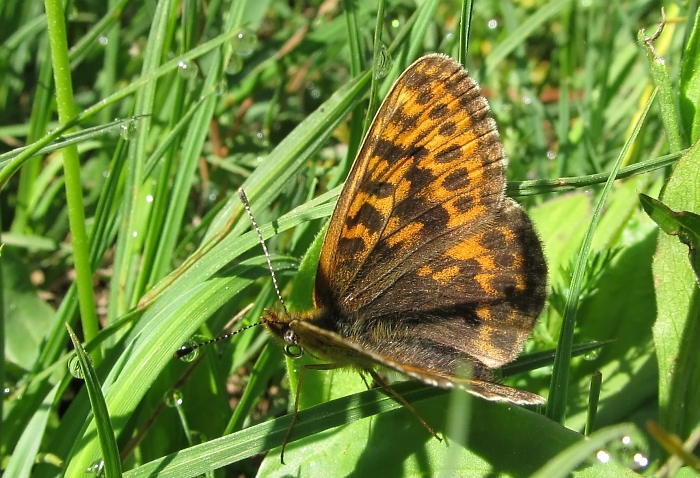
Female, Switzerland, July 2013
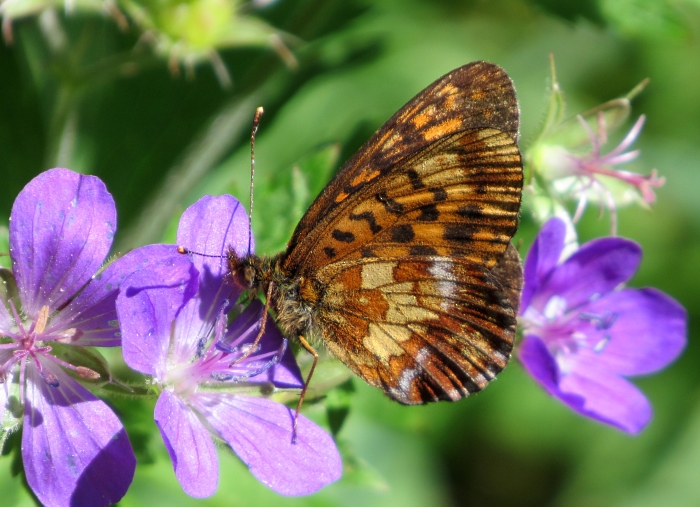
Male, Switzerland, July 2016

Male, Switzerland, July 2016

With Minnie, Switzerland, July 2016

Female, Switzerland, July 2013

Male, Switzerland, July 2013

Habitat

Habitat
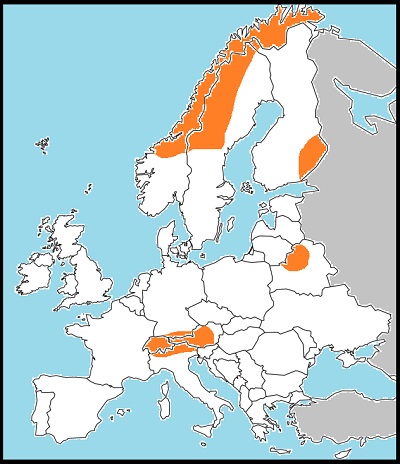
Distribution
In the Alps, this is a
scarce and local
species of woodland glades between 800m and the treeline. I had never
seen it until July 2013, when I made a special trip to search for it
and was lucky enough to find a good colony, spread along a stretch of
river by woods. I return most years to the same site to refresh my
acquaintance with it. The butterflies flit in and out of half-shade,
never venturing far out into fully sunlit meadows. They nectar readily
and can be approached closely, though like many butterflies they seem
to be constantly moving while they feed.
There are no difficulties identifying this species, in the Alps, at least. The heavily suffused, dark uppersides - sometimes almost completely sooty in the male - are distinctive, as are the pastel undersides with the white wash. On the wing, note that Thor's fritillary often flies with false heath fritillaries, which although entirely different, also look dark in flight. The Scandinavian subspecies, borealis, lacks the dark suffusion above and looks more like a rather dull pearl-bordered fritillary. Nevertheless, the underside is distinctive.
The foodplant is violets, particularly Viola biflora. The female in some of the above pictures was making as if to lay on several different plants, but not Viola biflora. I think she was just priming herself, in preparation for the real deed. In the high Alps, as well as in Lapland, larval development is said to take two seasonal cycles. It hibernates as a caterpillar.
There are no difficulties identifying this species, in the Alps, at least. The heavily suffused, dark uppersides - sometimes almost completely sooty in the male - are distinctive, as are the pastel undersides with the white wash. On the wing, note that Thor's fritillary often flies with false heath fritillaries, which although entirely different, also look dark in flight. The Scandinavian subspecies, borealis, lacks the dark suffusion above and looks more like a rather dull pearl-bordered fritillary. Nevertheless, the underside is distinctive.
The foodplant is violets, particularly Viola biflora. The female in some of the above pictures was making as if to lay on several different plants, but not Viola biflora. I think she was just priming herself, in preparation for the real deed. In the high Alps, as well as in Lapland, larval development is said to take two seasonal cycles. It hibernates as a caterpillar.